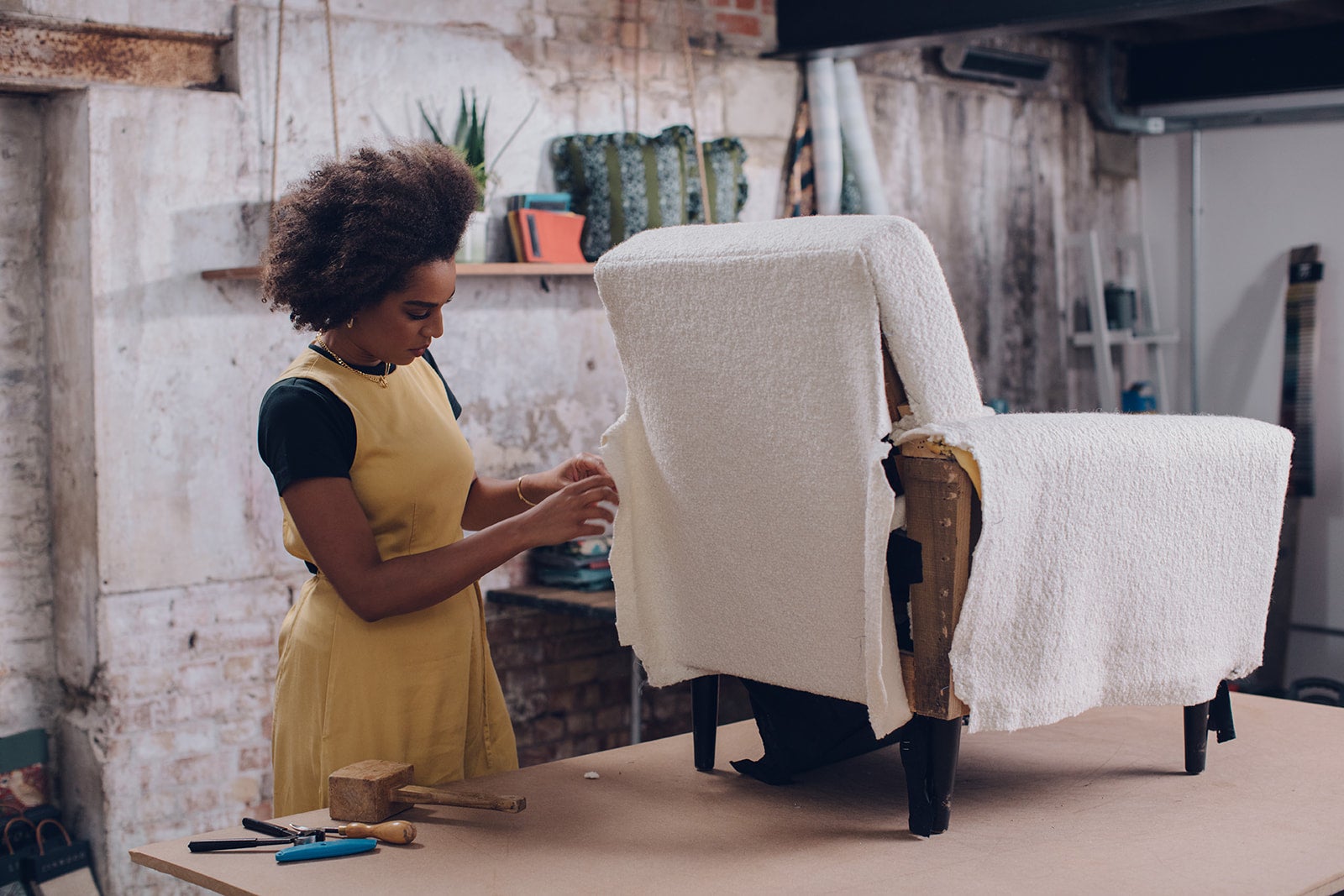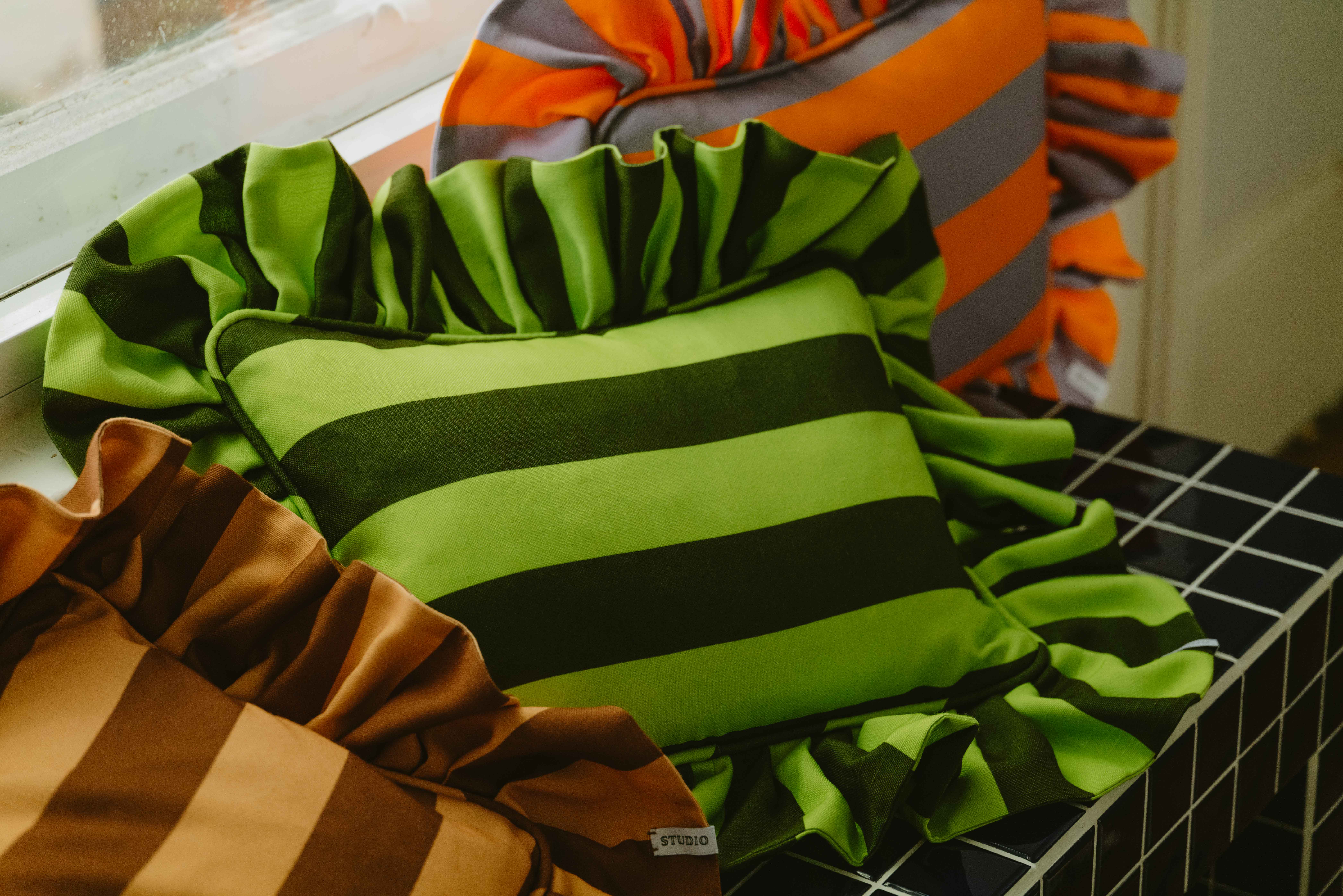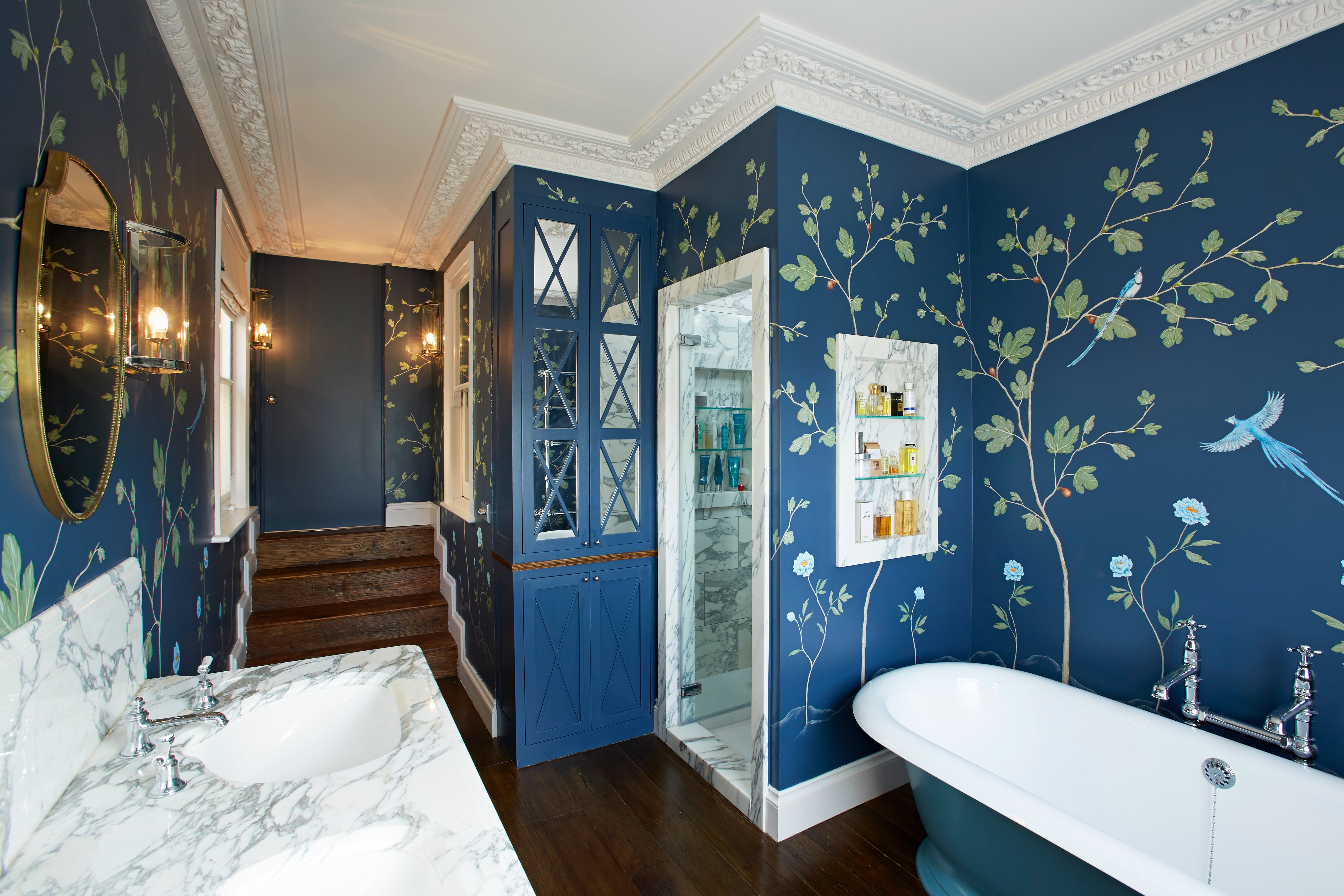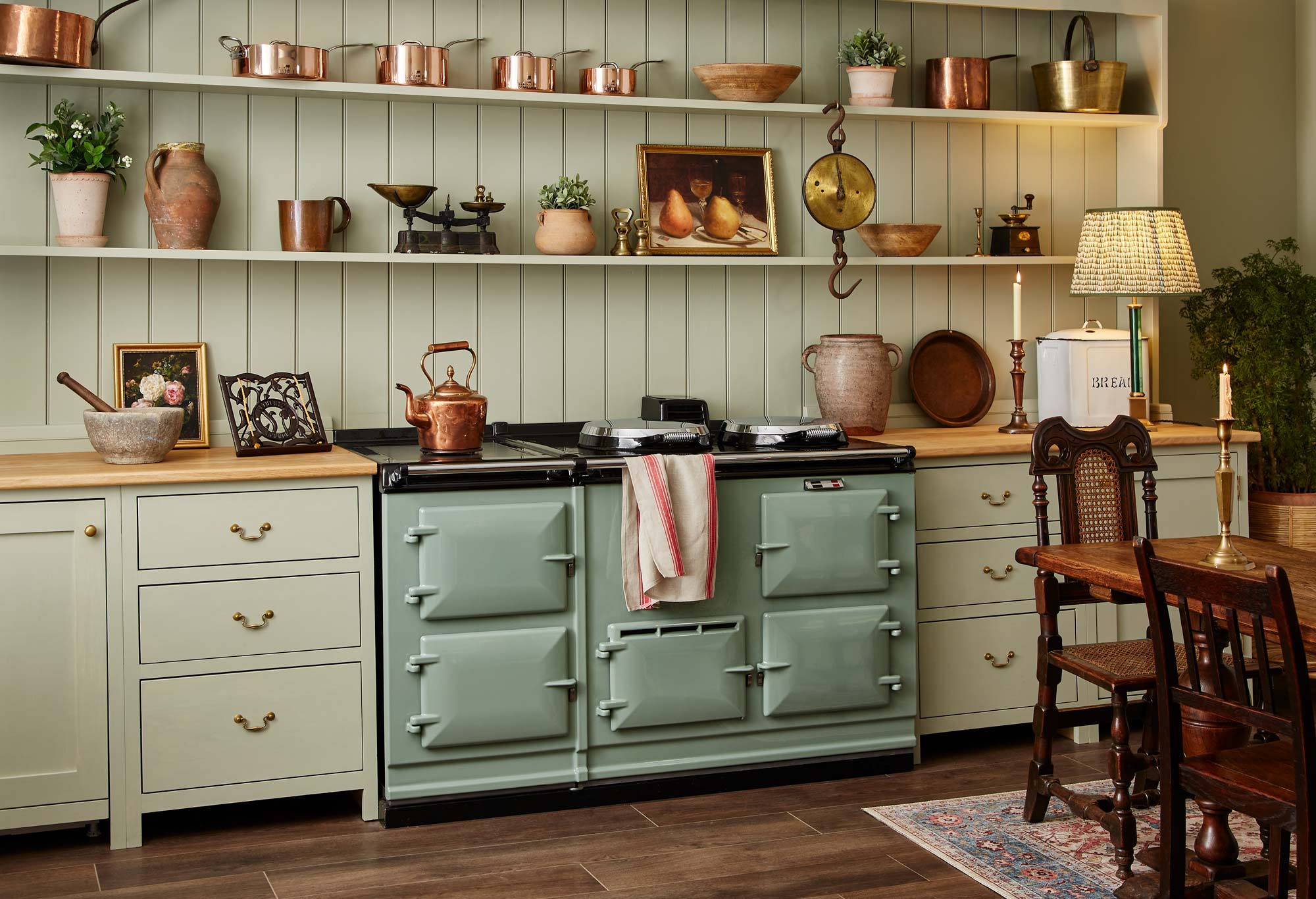The Independent's journalism is supported by our readers. When you purchase through links on our site, we may earn commission.
How to have a stylishly sustainable home in 2023
Many fear that being kinder to the environment means compromising on style or comfort so this week, Adele Cardani spoke to five design experts who beg to differ

Your support helps us to tell the story
This election is still a dead heat, according to most polls. In a fight with such wafer-thin margins, we need reporters on the ground talking to the people Trump and Harris are courting. Your support allows us to keep sending journalists to the story.
The Independent is trusted by 27 million Americans from across the entire political spectrum every month. Unlike many other quality news outlets, we choose not to lock you out of our reporting and analysis with paywalls. But quality journalism must still be paid for.
Help us keep bring these critical stories to light. Your support makes all the difference.
With a new year comes the pursuit of a newer, shinier self. Instead of lofty resolutions rooted in self-hatred (giving up carbs) or drastic reinvention (“new year, new me”), let’s pivot our ambitions towards the world at large, focusing on impactful but achievable changes to implement as we grapple with the looming climate disaster. Sustainability is no longer simply a buzzword. It’s a conscious mindset and a lifestyle choice. For some, it means shopping less and swapping “fast” furniture for quality antiques at a similar price point. For others, it’s about the “buy once, buy well” philosophy – investing in timeless, well-made garments and furnishings you’ll love for decades to come. And then there are the DIYers, committed to reclaiming, restoring, and upcycling.
Many fear that being kinder to the environment means compromising on style or comfort so this week, I spoke to five design experts who beg to differ. Whilst championing conscious consumption, they reveal how an eco-outlook and aesthetically pleasing design are by no means mutually exclusive. From gorgeous upcycled materials to reimagined range cookers, here are their tips for achieving a chicer, greener home this year.
“Always remember the three Rs – Re-evaluate, Re-use, Reimagine,” says Micaela Sharp, a sustainably focused interior designer and upholsterer who has just launched her first online course, A Complete Guide to Modern Upholstery, with Create Academy. “First and foremost, the most sustainable way to design your home is by looking at what you already have and seeing what and how you could reuse instead of buying new. Can you reupholster the old chair you have? Or can you upcycle a headboard with new fabric?”
British interior designer, Matthew Williamson echoes this, saying: “Using what you have already and reworking it in a different way can be so rewarding – it is more personal and just as effective as starting from scratch. We tend to think luxury comes from buying shiny new things but luxury can be found just by seeing things differently. Resourcefully create layers from what you have and to tell your own story. The best-looking rooms and homes are those which have soul and a unique personality. Rather than physical items, think more about feelings and atmosphere.”
Consider reupholstering with recycled fabrics, such as textiles by Colours of Arley, which are made from plastic bottles diverted from landfills. Manufactured in a family workshop in a small Cheshire village, every metre of their delightfully striped fabric is made to order, meaning there’s no waste. Or choose Haines Collection, an interiors marketplace offering reclaimed and salvaged luxury textiles – that would most likely be headed for landfill – at discounted prices.

Haines Curates is the brand’s collective of talented textile and product designers who share an ethos of being as environmentally friendly as possible. “From upcycled embroidery and the use of natural vegetable dyes, to ethically sourced biodegradable materials, made-to-order production, and low-water use digital printing, each brand is bringing something new to the table, sharing ideas on how we, as an industry as a whole, can hope to produce textiles more sustainably,” explains founder, Jules Haines.
Celebrity interior designer, Naomi Astley Clarke says, in 2023, “we want to know where things have come from. And we need to know that the things that bring us pleasure are not causing others pain.” One of the simplest ways to reduce your carbon footprint is to work with local British creatives rather than importing furniture and materials. Bringing the enchantment of nature inside, Naomi likes to incorporate hand-painted walls into her designs. She partners with London-based mural artist Frederick Wimsett, who’s exuberant designs are often inspired by 18th-century chinoiserie, as well as Bristol-based bespoke muralist, Nancy Daniell.
Naomi also encourages us to take a more considered approach to how we shop for our homes. “Even if people are happy to invest in extravagant things, they should be for life. I’ve always been an advocate of buying something right once,” she says. “Choose finishes that are as lasting and timeless as possible and that suit the architecture of the building. That way they will always complement the home they belong in even if fashions come and go.”

For example, I spoke with Matthew Bates, founder of Blake & Bull, a Bradford-on-Avon-based team who reimagine classic Aga Range Cookers by re-enameling, refurbishing, and converting them from gas to electric. Extending the useful life of any manufactured item significantly reduces its lifetime environmental impact. Matthew explains, “The average age of a conventional oven when it is replaced in the UK is 13 years. The oldest Aga range cooker still running, installed in 1932, has done another 13 years since it was awarded its ‘oldest’ title in 2009.” (That’s 91 years!) He continues, “after 100 years of history all that needs to change is the fuel. With a gas or oil cooker you are running on 100 per cent fossil fuels with very little control. But when converting your existing cooker to multi-element electric or installing one that’s been reimagined, over a full year in the UK you’ll be running on 40 per cent renewable energy.”
Finally, keep an eye out for fresh, sustainable materials and the designers who employ them. For autumn/winter 2022, British fashion designer Stella McCartney debuted a leather alternative made of grapes, creating a handbag range using waste from Italian wineries. Similarly, interiors brands are pushing the boundaries with their materials. London-based Nir Meiri Studio have designed light fixtures made from fungus mycelium and red cabbage. And Mexican designer Fernando Laposse has developed Totomoxtle. Ranging from deep purples to soft creams, this new veneer material is made with husks of heirloom Mexican corn and can be used for decorative wall covering as well as on design objects such as tables, lamps, and vases.

If those feel a little too avant-garde, start by simply opting for lower-impact versions of common household items. For instance, next time you buy drinkware, consider companies such as LSA International, a global purveyor of design-led glassware whose Canopy collection is made from 100 per cent recycled glass. Following the sustainable practice of turning discarded material into something useful, the range – which was launched in collaboration with educational charity, the Eden Project – is inspired by the idea that we have a collective responsibility in living under one canopy.

Join our commenting forum
Join thought-provoking conversations, follow other Independent readers and see their replies
Comments